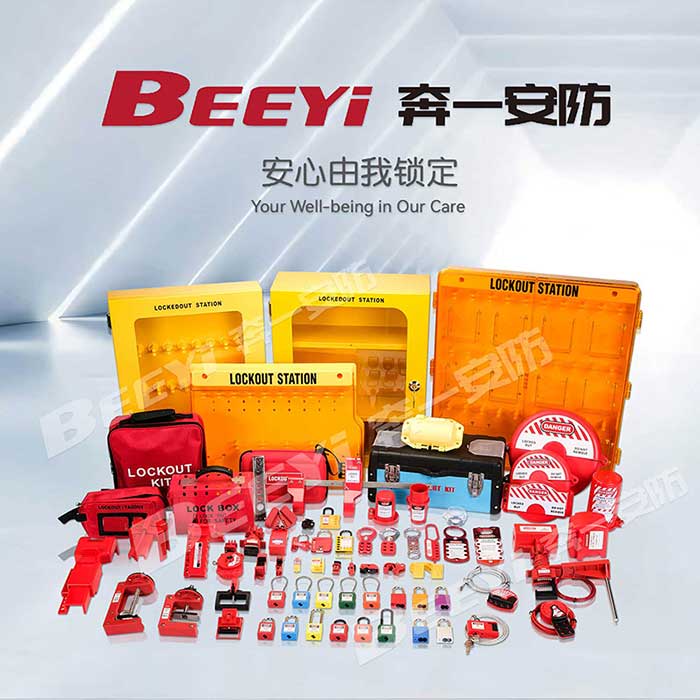In industrial environments, workplace safety is paramount. One crucial aspect of ensuring the safety of workers during maintenance and repair activities is the Lockout/Tagout (LOTO) procedure, which involves the use of specialized tools and practices, such as lockout tagout padlocks, to control hazardous energy sources and prevent equipment from accidentally starting up. This procedure not only minimizes the risk of injury but is also a regulatory requirement in many regions, including the United States under OSHA (Occupational Safety and Health Administration) guidelines. The use of lockout tagout padlocks is a central element of this safety system, as it provides a physical and visual deterrent to accidental machine activation.

What is Lockout Tagout (LOTO)? Lockout/Tagout refers to a set of safety protocols used in various industries to ensure that machinery or equipment cannot be operated while maintenance or repairs are being conducted. The procedure involves isolating a machine or energy source (such as electricity, hydraulics, or pneumatics) and securing it with a lockout padlock and a tagout label. The primary purpose is to prevent the unintended release of energy that could cause harm to workers. A lock is physically placed on the energy-isolating mechanism, and a tag is affixed to provide additional information regarding the lockout status.